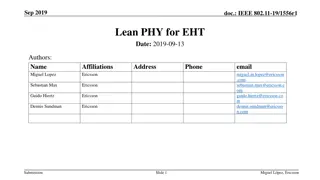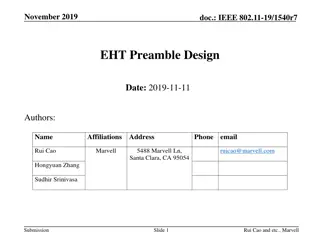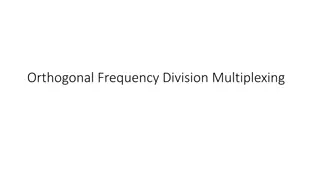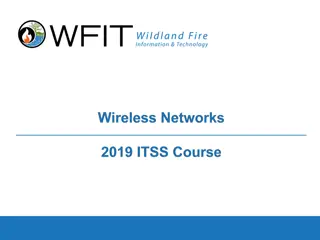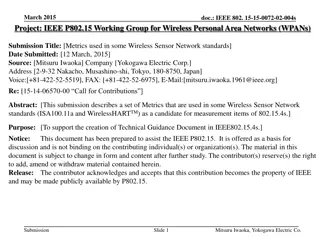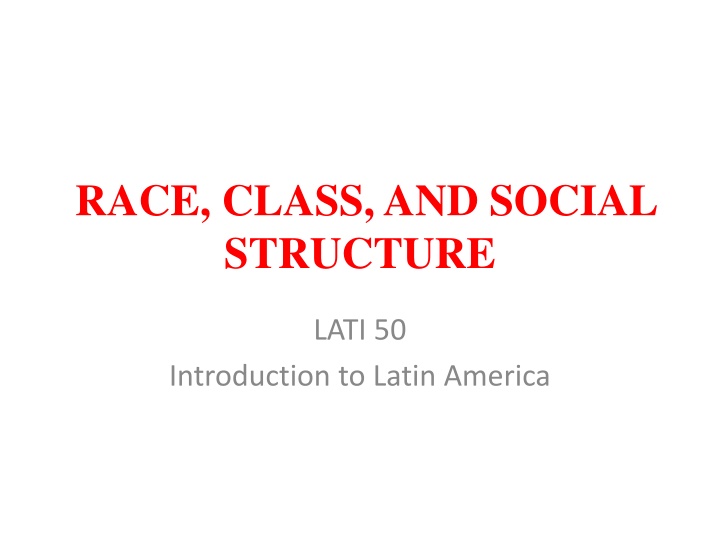
Understanding Social Structures and Racial Dynamics in Latin America
Explore the interconnected themes of race, class, and social structure in Latin America, touching on topics like indigenous discrimination, African heritage, national institutions, and historical contexts such as the War of the Pacific and the rise of Evo Morales.
Uploaded on | 1 Views
Download Presentation

Please find below an Image/Link to download the presentation.
The content on the website is provided AS IS for your information and personal use only. It may not be sold, licensed, or shared on other websites without obtaining consent from the author. If you encounter any issues during the download, it is possible that the publisher has removed the file from their server.
You are allowed to download the files provided on this website for personal or commercial use, subject to the condition that they are used lawfully. All files are the property of their respective owners.
The content on the website is provided AS IS for your information and personal use only. It may not be sold, licensed, or shared on other websites without obtaining consent from the author.
E N D
Presentation Transcript
RACE, CLASS, AND SOCIAL STRUCTURE LATI 50 Introduction to Latin America
OPTIONAL PAPER Topic: Any subject related to Latin American politics, economics, history, culture and/or society (whether or not covered in class) proposed by student and approved by TA Examples: Sports (e.g. baseball), film (depictions of Latina women), music (lyrics, popularity of stars, etc.), advertising (Corona beer) In-class examples: Content of Latin American nationalism, impacts of drug wars (e.g., Plan Colombia or Plan M rida), political implications of fiction, roles of public intellectuals, changing relations with the United States, forms of authoritarian rule Length: 6-10 double-spaced pages Due: Tuesday, March 13th Grade share: 30% (reducing mid-term to 20%, final to 50%)
FORMAT FOR PAPER Introduce topic (and its importance) Present a central question Describe sources and methods (how will you answer your question?) Analyze information and data Conclusion: Respond to your central question(s) Suggest avenues for further research (optional)
CLASS STRUCTURE Upper Class: Urban (industrialists, bankers) Rural (landowners) Middle Class: Urban (merchants, lawyers, etc.) Rural (small farmers) Popular/Lower Class: Urban (workers) Rural (peasants, campesinos) National Institutions: State (including military) Church External Sector: Economic (investors, merchants) Political (foreign governments)
SHADINGS BY RACE Race as a social construct Indigenous peoples: exploitation and discrimination African-origin peoples and slavery Myths of miscegenation: Mestizaje and the cosmic race (raza c smica) Mulattos and Brazilian escape hatch
THE CONTEXT OF BOLIVIA War of the Pacific (1879-83) 80 % indigenous Mining (silver, tin) and agriculture Chaco War (1932-35) = incorporation Revolution of 1952 = mobilization Populist military rule (1970s-80s) Coca leaf and campesinos 60 % indigenous Evo Morales (2005)

